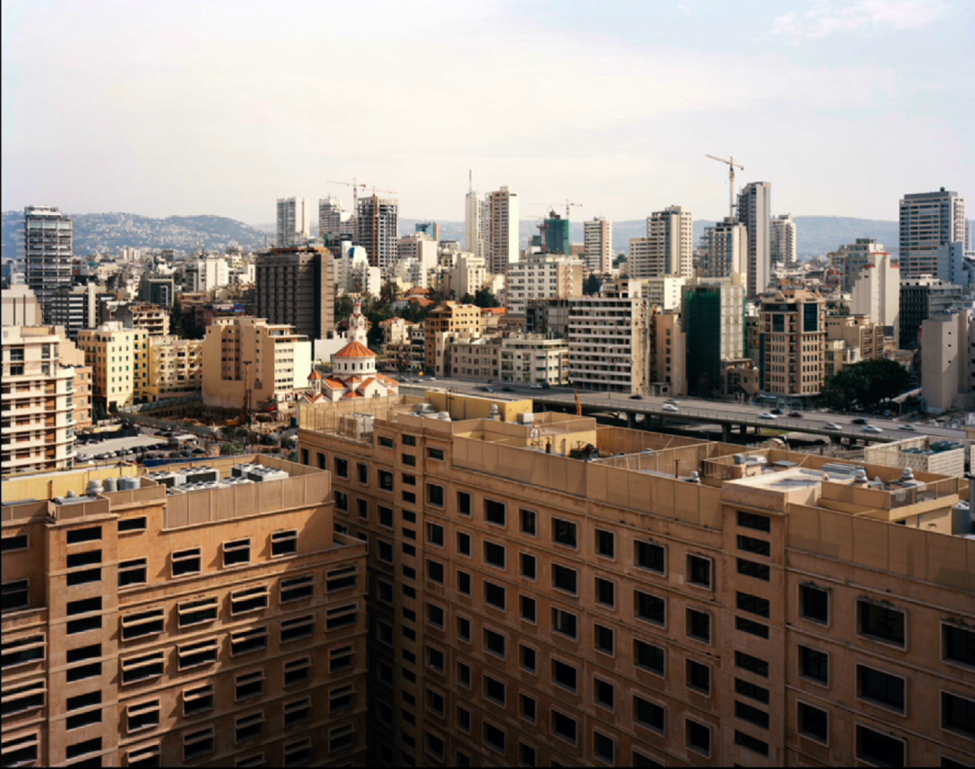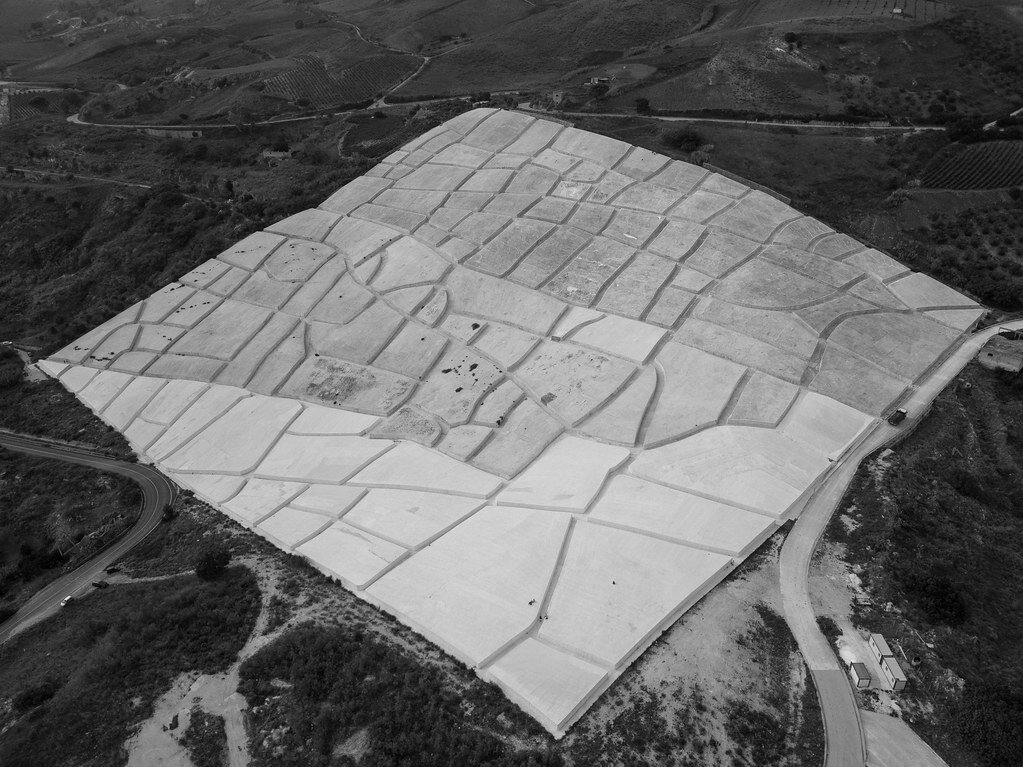Art In The Face of Destruction: Gabriele Basilico
In 2015 Gabriele Basilico’s series Beirut 1991 was exhibited in the ruins of the Abbaye de Jumièges in Northern France.
Beirut 1991
Beirut 2011
Although the exhibition presented pictures of a torn Beirut coming out of 15 years of civil war, they were all encompassed by a silent vital impulse which ran through the remnants of the buildings, thus making one somehow think of their forthcoming rebirth. Not idolizing the ruins as such but instead revealing their generative capacity, Basilico witnessed a great metamorphosis and rebirth. This process will then be documented by his later travels in 2003 and 2011, where the city rose back up and strived for the sky again.
Cretto Di Burri
Basilico chose not to distance himself from the place of the tragedy, echoing what philosopher Massimo Recalcati said with reference to Alberto Burri’s Cretto: “Art is real if it meets the real and the trauma”. “Art has a vivid relationship with pain, a seminal role in confronting itself with the deformity of pain and death”. Indeed, when the Belice area was devastated by the earthquake in 1968 and the village of Gibellina was razed to the ground, Burri refused to participate in the reconstruction of a new Gibellina, and instead focused on the place of the catastrophe, giving life to the Cretto which stands precisely where the village once was. For Burri, the ruins were not just merely debris, but fuel for creation. By paying visits to the Lebanese capital Basilico succeeded in demonstrating that the spark of hope that the buildings he previously photographed silently preserved succeeded to shine through every corner of the city and encapsulated journey they went through.
A further confirmation that ruins bear a generative power in themselves is visible in the location of the exhibition itself: Jumièges ruins are not only considered an image of the past, but also a dynamic space which is apt to host and serve new purposes.
GABRIELE BASILICO, BEIRUT, LEBANON, 1991
GABRIELE BASILICO, BEIRUT, LEBANON, 2011





